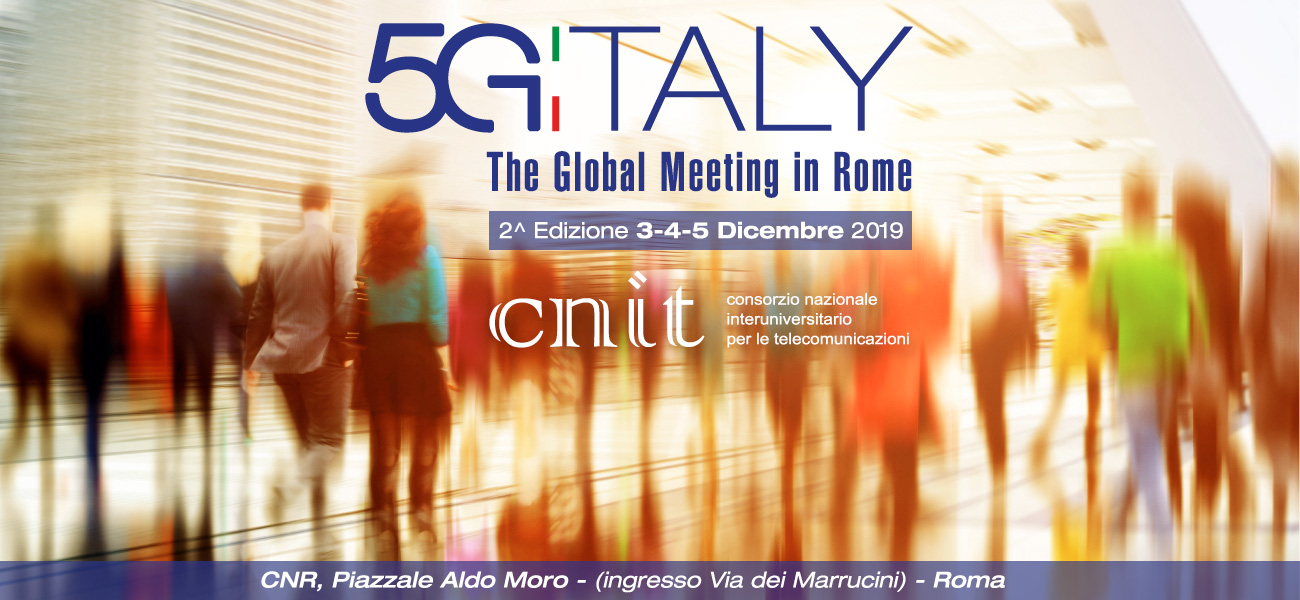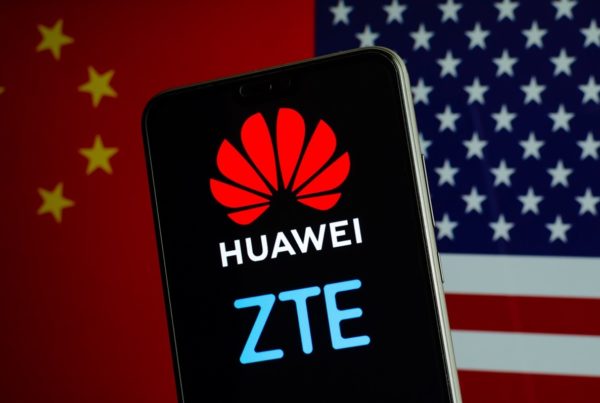The 5G Italy event of Rome is back: more than 100 speakers from Italy and all over the world will discuss about the technological challenges and the most significant experiences of the new mobile communications’ standard. The Conference, promoted by CNIT (the National Inter-university Consortium of Telecommunications, which includes 37 universities), will be held in 3 days and 15 panels.
Amongst the main topics of the second edition of “5G Italy –The Global Meeting in Rome” are 5G business models, cloud, cybersecurity, e-Health, energy, industry 4.0, artificial intelligence, IoT, smart city, smart mobility, digital domination, tourism and 6G.
Besides the speakers coming from Italy and abroad, the ministers Paola Pisano, Francesco Boccia and the undersecretaries Lorenza Bonaccorsi, Mirella Liuzzi and Angelo Tofalo will be present at the event.
During the Conference, it’ll be possible to see first-hand 5G technology with the demo versions supplied by TIM, which will show some of the available services in different sectors:
- Smart City (the intelligent management of traffic, parking, lighting and waste collection)
- Smart Campus (applying IoT to the industrial world, in order to manage production and logistical processes)
- Virtual Reality (Piazza Navona or Matera’s rock churches will be visited through the new immersive mode of special viewers and it’ll be possible to talk with a real tour guide connected from miles away)
- Augmented Reality (remote connections with the information exchange as holograms phisically observable in a given space by using a specific device).
“The 5G is not just an evolution, in terms of performance, of previous generations”, as stated by CNIT General Director Prof. Nicola Blefari Melazzi, “but it introduces new scenarios and new services, designed for different ways of application, even for non-human users”.
At the event, we will discuss 5G functionalities, its applications, ongoing problems and future developments. In addition, as declared by CNIT GD, it’ll be introduced a discussion on the two main obstacles to the development of 5G: the difficulty to obtain new antenna sites, because of the red tape and the negative feelings towards electromagnetic radiation, and the lack of students engaged in the study of ICT disciplines, together with an increasingly higher rate of Italian graduates’ migration.
Maria Vittoria Seu – MCO






